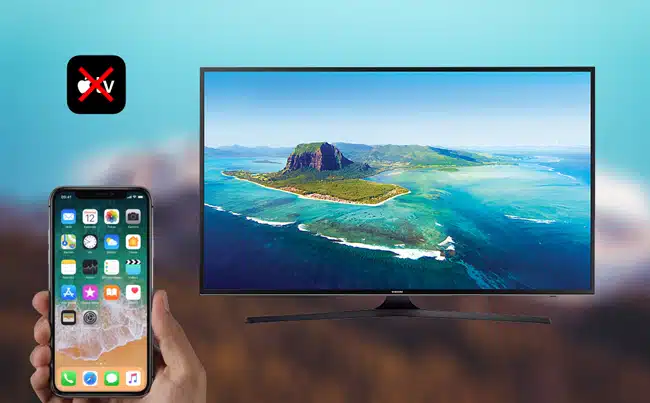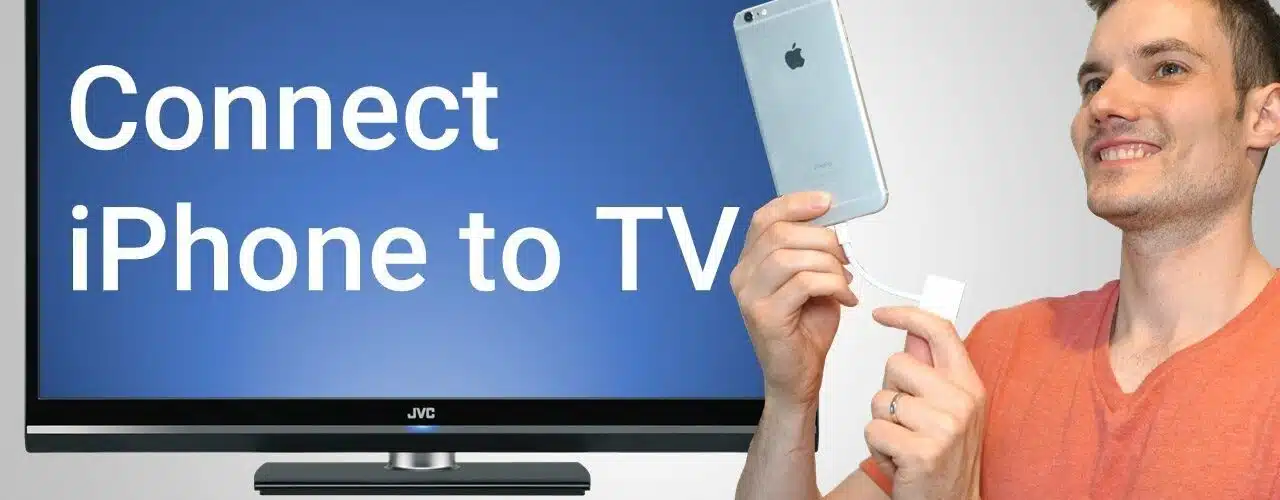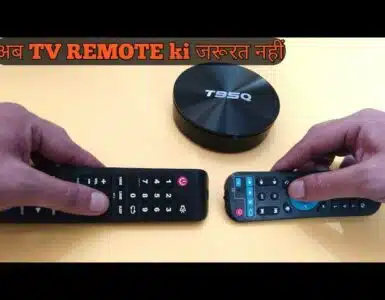Table of Contents
How to Connect iPhone to Smart TV Wirelessly?
How To Connect iPhone To Smart TV Wireless? There are several ways to connect an iPhone to a TV, including via an AV cable or AirPlay. For either method, the iPhone must support screen mirroring and have a compatible television or streaming device.
If you’re using AirPlay, radio interference or slow Wi-Fi networks can affect performance. Using an HDMI cable is a good backup plan.
Getting Started:
If you have a newer iPhone and compatible TV, there are a few ways to connect your phones wirelessly. One is screen mirroring, which shows your phone’s display on the TV screen. Other ways to connect include using an HDMI cable or a third-party dongle like a Chromecast.
If your TV supports AirPlay, you can use the built-in feature to get started. Open an AirPlay-compatible app on your iPhone, such as the Apple TV or Photos app. Then tap the AirPlay icon, which resembles a small circle with a triangle inside. Select your TV, and if you see a code on the TV, enter it on your iPhone to complete the connection.
You can also stream apps from your iPhone to the TV without mirroring your screen. In this case, sound will come through the TV or your connected speakers (if supported). This method works well for watching videos, browsing websites, and playing games.
You can use this method even if your TV isn’t an AirPlay-compatible model. In that case, you’ll need a Lightning-to-HDMI adapter, which you can buy from Apple or online.

Connect one end of the HDMI cable to a free HDMI port on your TV and the other end to your adapter. You may need to change the TV’s input setting to match the connection.
AirPlay:
AirPlay is a wireless technology that lets you stream media from your iPhone to your TV. You can use it to play videos, music, photos, and more. It also lets you mirror your screen on the TV, which is great for watching videos and looking at pictures. AirPlay can be used with any television or streaming device that supports it.
To set up AirPlay, make sure your TV and iPhone are on the same Wi-Fi network. Open Control Center and tap the AirPlay icon (or Screen Sharing on older iOS devices). Select your TV or streaming device. If prompted, enter the AirPlay passcode on your TV or streaming device.
When using AirPlay, your phone’s screen will be displayed on the TV, but the audio will play through your chosen speakers. You can also mirror the display of some apps, including the Camera app, the Notes app, and the Messages app. If you’re using a TV or monitor that doesn’t support AirPlay, you can still connect your iPhone to it by using an HDMI cable and a Lightning to HDMI adapter.
To start streaming, open a video or photo in a supported app and tap the AirPlay icon. Select the name of your TV or smart monitor. You may see a code on the TV or monitor; enter it in your iPhone to continue.
HDMI Cable:
If your TV is compatible with HDMI and supports Apple’s AirPlay wireless protocol, you can connect your iPhone to it using the same technique that you use to connect an iPad. Just swipe down from the top-right corner of your iPhone to open Control Center and then tap “Screen Mirroring.” Select your TV or streaming device in the list, then enter the four-digit AirPlay code that shows on the TV (or its connected speakers, if supported) into the field on your iPhone.
If you’re using a third-party app that doesn’t support AirPlay, or you prefer the quality of wired connections, it’s possible to use an HDMI cable instead of wireless technology. You’ll need an HDMI cable that matches the style of input on your TV or monitor, and you’ll also need a Lightning-to-HDMI adapter, which is available through Apple or from third-party vendors.
Plug one side of the adapter into an HDMI port on your TV or monitor, then the other end into your iPhone. If you’re using a TV that supports HDCP, the video from your iPhone will appear on the screen, and audio will play through your TV or its connected speakers (if supported). You can still use your phone’s other features while mirroring your display. If you want to stop mirroring, re-open Control Center and then tap the rectangle with a triangle at the bottom center of the screen.
Bluetooth:
There are a few ways to connect your iPhone to a TV or monitor without needing an Apple TV or another AirPlay-compatible streaming device. You can use an AV cable, Wi-Fi or the phone’s built-in screen mirroring feature to display photos and videos, present a slideshow or communally browse social media. These methods are especially useful for older devices that don’t have HDMI ports.
Before you begin, make sure that your iPhone and the TV are on the same Wi-Fi network. If they aren’t, your iPhone won’t see the TV as a wireless receiver and won’t be able to connect with AirPlay. On your iPhone, swipe down from the top to reveal Control Center and then tap the Screen Mirroring icon (two boxes overlapping each other). If you see an AirPlay passcode on the TV screen, enter it into your iPhone to finish connecting.
Next, connect one end of an HDMI cable to your TV’s HDMI port and the other end to your phone’s Lightning adapter. The adapter should have a Lightning connector that fits into your iPhone’s charging port. Finally, plug your adapter into your phone and turn on your TV to switch it to the HDMI input you chose. If you want to play video from an app, open the app and tap the AirPlay icon (two boxes overlapping each other). Your TV should appear on the list of available devices to choose from.





Add comment